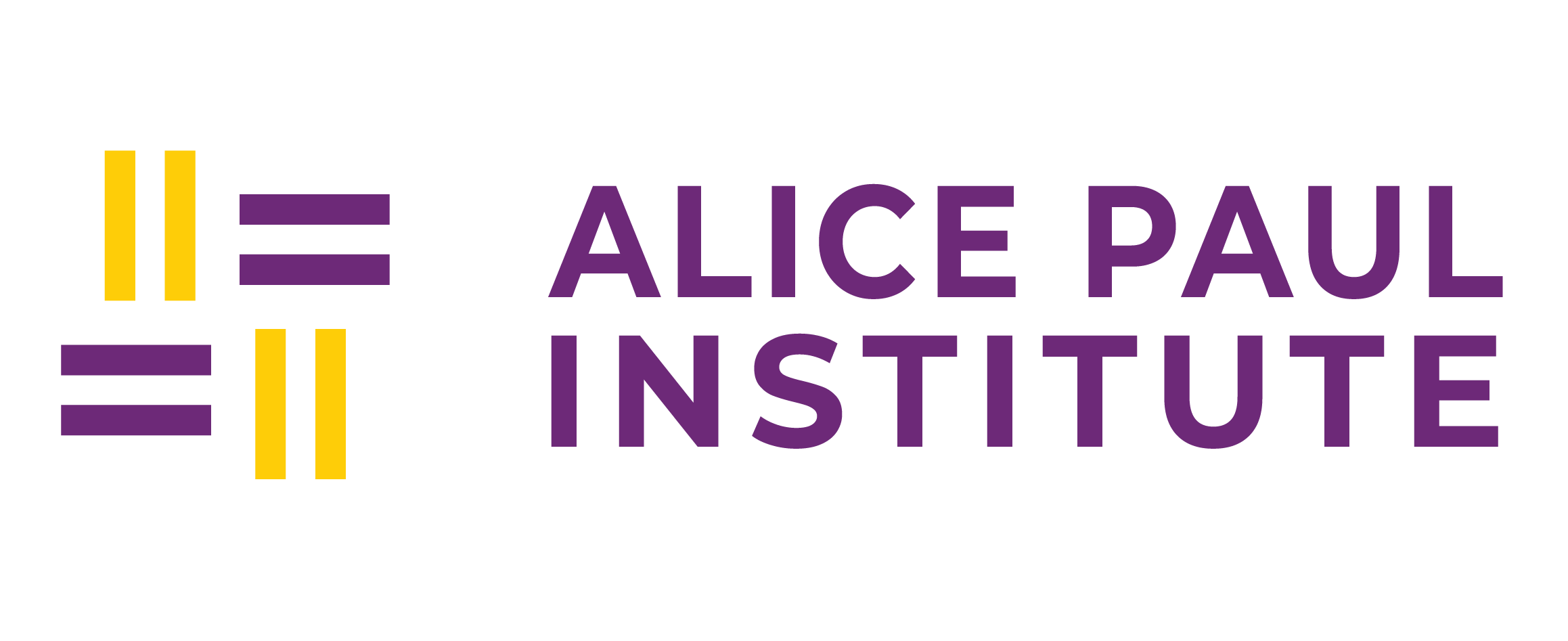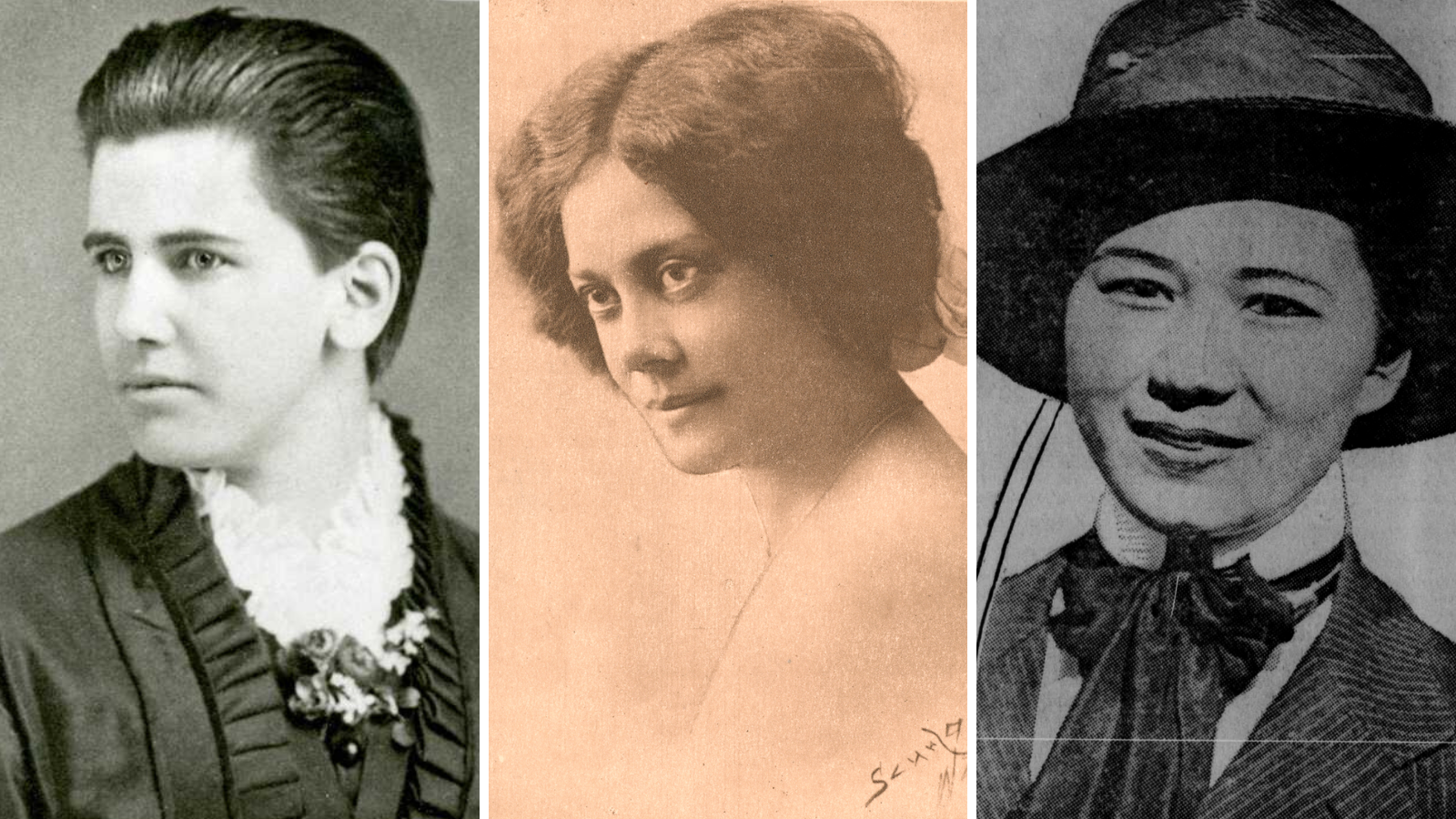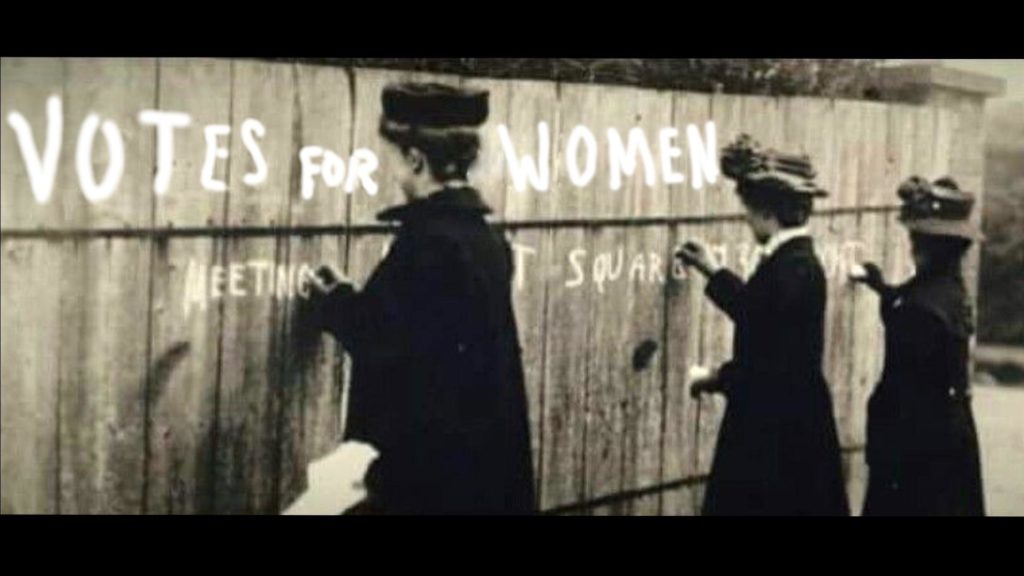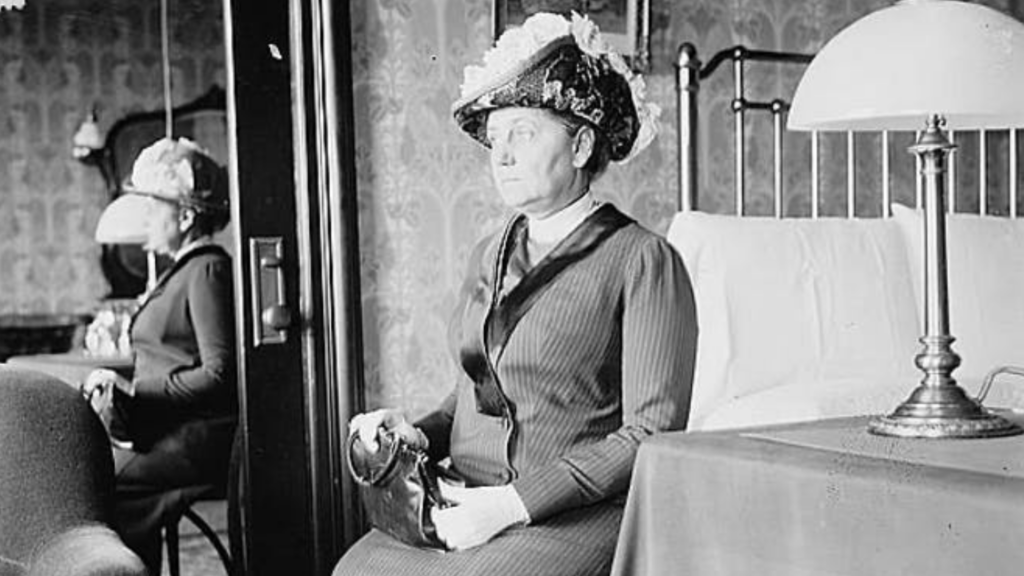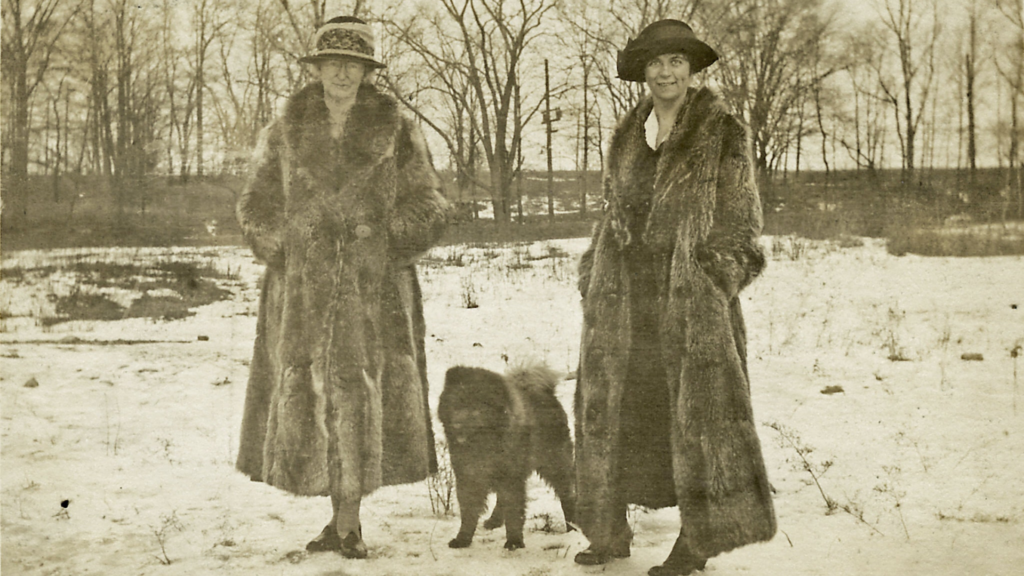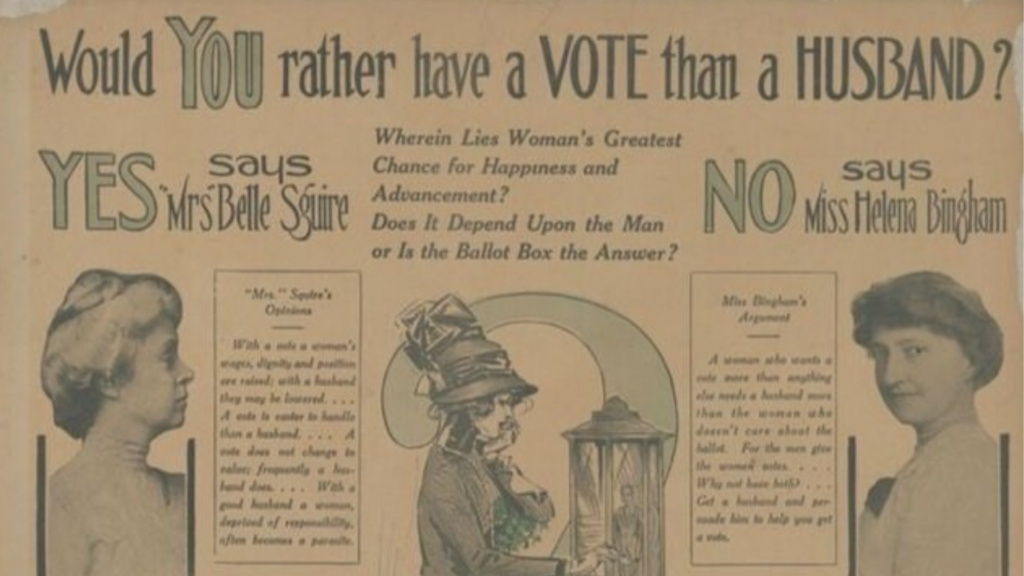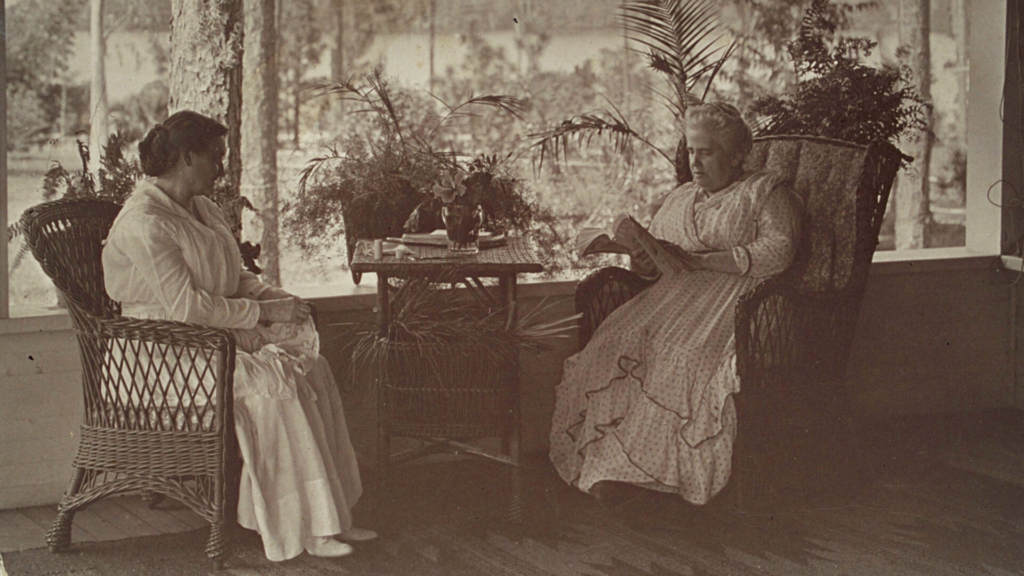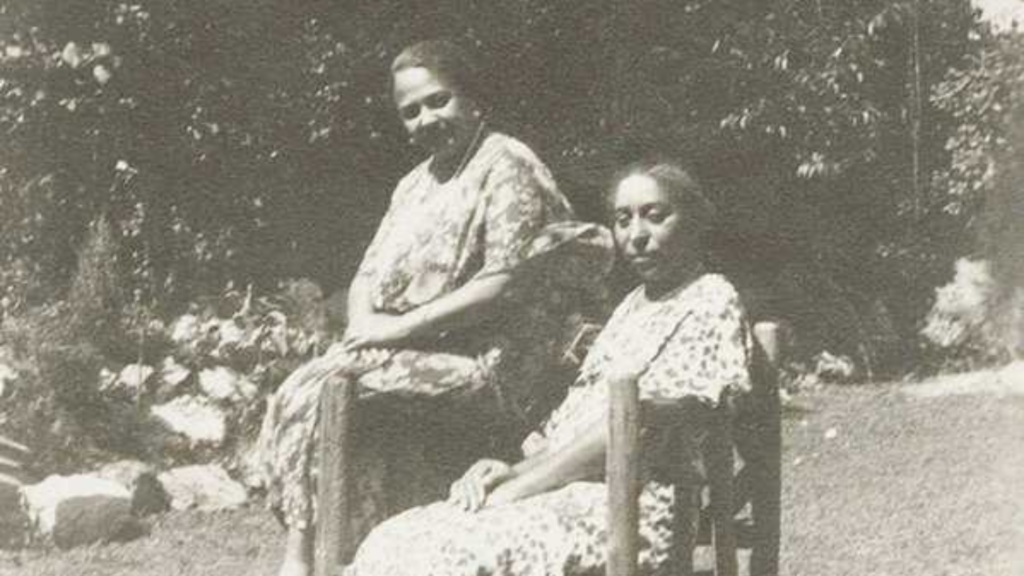The Queer History of the Suffrage Movement
With the 2020 celebrations surrounding the centennial of the 19th Amendment came a wave of new research, new perspectives, and untold stories of the suffrage movement—including those of queer women, whose impact on the movement was profound. Scholars uncovered the lives and loves of queer* people at the heart of the fight whose stories had previously been sanitized from history, bringing to the forefront an entirely new approach to women’s suffrage.
This Pride Month, API welcomed Dr. Wendy Rouse for a virtual discussion on the queer history of the suffrage movement. Dr. Rouse, along with other contemporary historians, focuses on “queering” the suffrage movement through her research. In looking at suffrage through an LGBTQIA+ lens, historians reveal that a history told from a single perspective fails to capture the whole picture. When our versions of history are skewed by limited perspectives, we fail to understand its nuances and complexities. Acknowledging that queer suffragists not only existed but were heavily involved in suffrage efforts is an important step in unearthing the complete narrative of the movement.
We’ve compiled a list of resources that explore this new perspective and shed light on the “queering” of the suffrage movement:
Queer Suffragist: A Film by Tilke Hill
A video essay composed by filmmaker Tilke Hill based on the scholarship of Lillian Faderman and Wendy Rouse. This multi-media source examines New York suffragists who departed from gender norms and heteronormative relations. These suffragists include Margaret Chung, Alice Dunbar-Nelson, and Carrie Chapman Catt.
When Lesbians Led the Women’s Suffrage Movement
Regents Professor of History Anya Jabour describes the “lesbian-like” relations of Jane Addams, Sophonisba Breckinridge, and Anna Howard Shaw—three suffragists who played a distinctive role in leading the movement. Jabour discusses how these women’s personal relationships helped influence their political ambitions. Jabour also explores how traditional ideas of femininity were used to discredit the movement by anti-suffragists, and how this narrative influenced what otherwise non-conforming feminists presented to the public in order to sanitize and appease mainstream opinion.
PBS gathers a slideshow of historical images depicting suffragists in the movement who today may be considered gender non-conforming and queer.
The Very Queer History of the Suffrage Movement
Dr. Wendy Rouse examines the different capacities in which queer narratives influenced suffrage practices and ideas. Rouse looks into suffragists’ relationships, and how deviating from heteronormative standards helped empower and strengthen the movement. Rouse also examines how women presented themselves and their gender indentities, looking into suffragists like Annie Tinker and Dr. Margaret Chung, who today may be described as gender fluid or nonbinary.
How Queer Women Powered the Suffrage Movement
Senior New York Times staff editor Maya Salam explores the queer voices of the suffrage movement, and how these voices extended across every level of the movement. In her article, Salam speaks to experts on the subject, including Lillian Faderman, Wendy Rouse, and Susan Ware, while also analyzing letters, interviews, and articles that expose the non-normative nature of suffragists throughout the movement. Salam reviews the relations and rhetoric of mainstream suffragists like Susan B. Anthony and Carrie Chapman Catt, as well as other lesser-known suffragists such as Alice Dunbar-Nelson.
Scholar Susan Ware authors a feature piece for PBS looking into the relationships of suffragists Carrie Chapman Catt and Mary (Mollie) Garrett Hay, as well as Anna Howard Shaw and Lucy Anthony. By thoroughly examining how these women expressed their relations both in person and in private, Ware unearths a relatively untold narrative of how queerness influenced the lives and goals of suffragists.
*We realize that the terms used today to describe LGBTQIA+ identities did not exist in the time period being referenced. Our intention is not to ascribe identities to individuals who did not claim them, but to highlight the existence of suffragists who did not fall within the commonly-held image of heterosexual womanhood.

